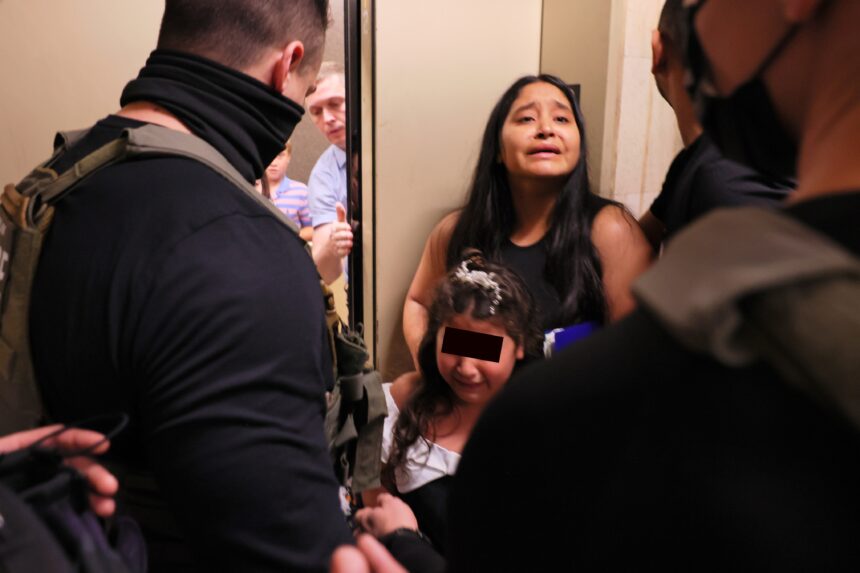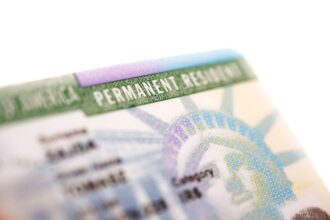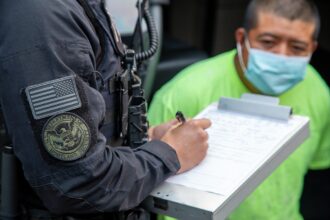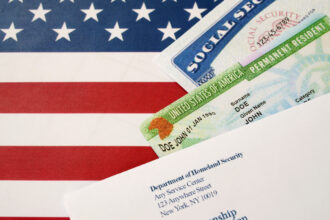With Immigration and Customs Enforcement (ICE) raids and detentions expected to increase in the United States during 2025, immigration experts highlight a simple but powerful legal tool: the phrase “I am exercising my right to remain silent “.
These eight words, protected by the Fifth Amendment to the Constitution, can be key to avoiding self-incrimination during immigration detention or interrogation. The right to remain silent applies to everyone, regardless of immigration status.
What to tell ICE
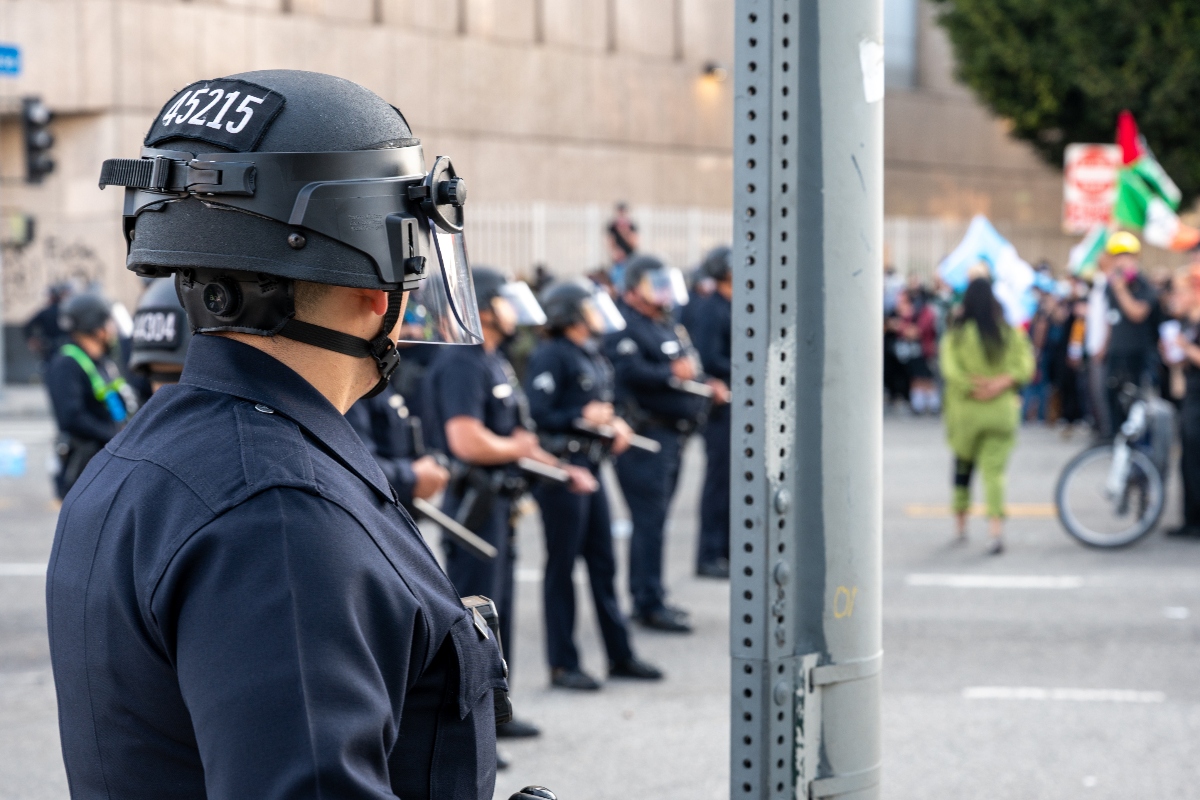
In addition to the main phrase, lawyers recommend other important expressions that every migrant should memorize and say to ICE in raids:
“I do not want to answer any questions”.
“I want to speak to a lawyer”.
“I do not consent to your entry”.
“Am I free to leave?”.
If the raid occurs inside a dwelling, the law protects the right to apply for a valid warrant. In such a case, a response may be made:
“Can you show me a warrant signed by a judge?”
What not to tell ICE
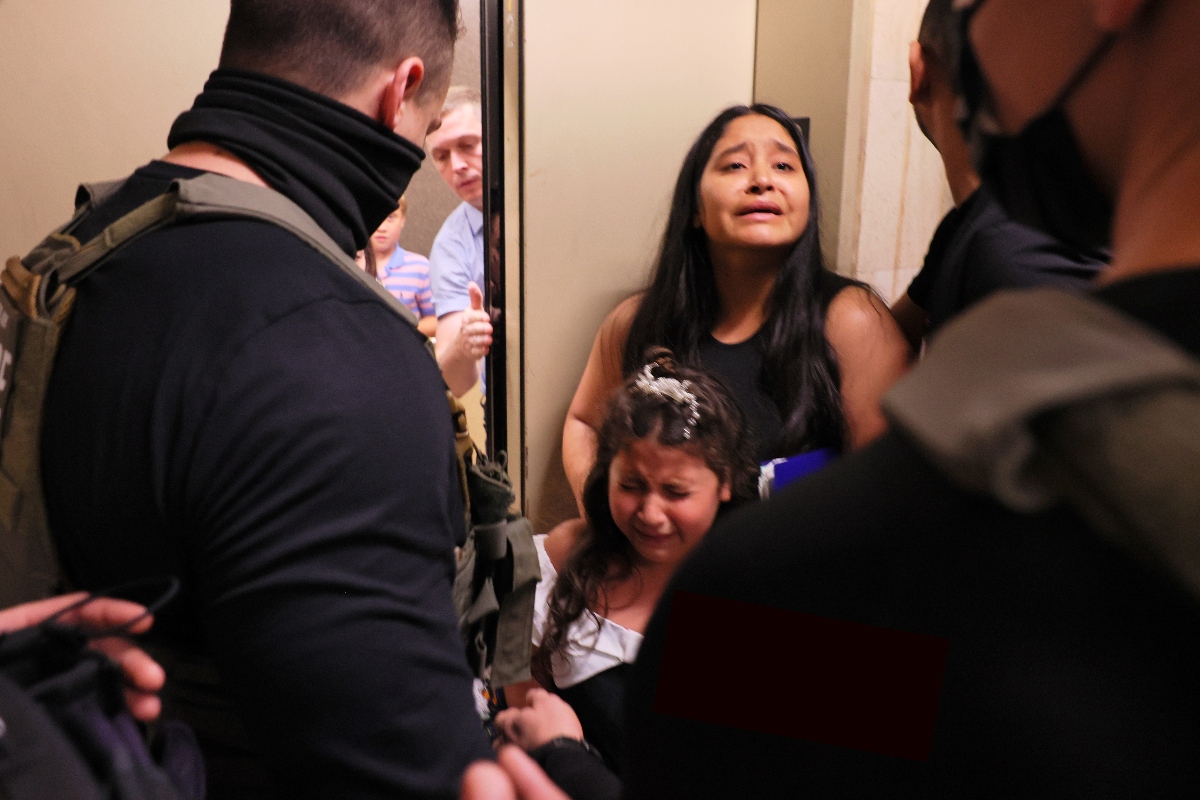
On the contrary, these phrases are the ones you should avoid saying to ICE agents:
“I don’t have papers.
“I’m just visiting.
“I don’t know why you’re detaining me”.
These phrases can be used as evidence in deportation proceedings, according to the Immigrant Defense Project.
For this reason, keeping silent is key.
The right to remain silent applies to all people
What to do during an immigration raid
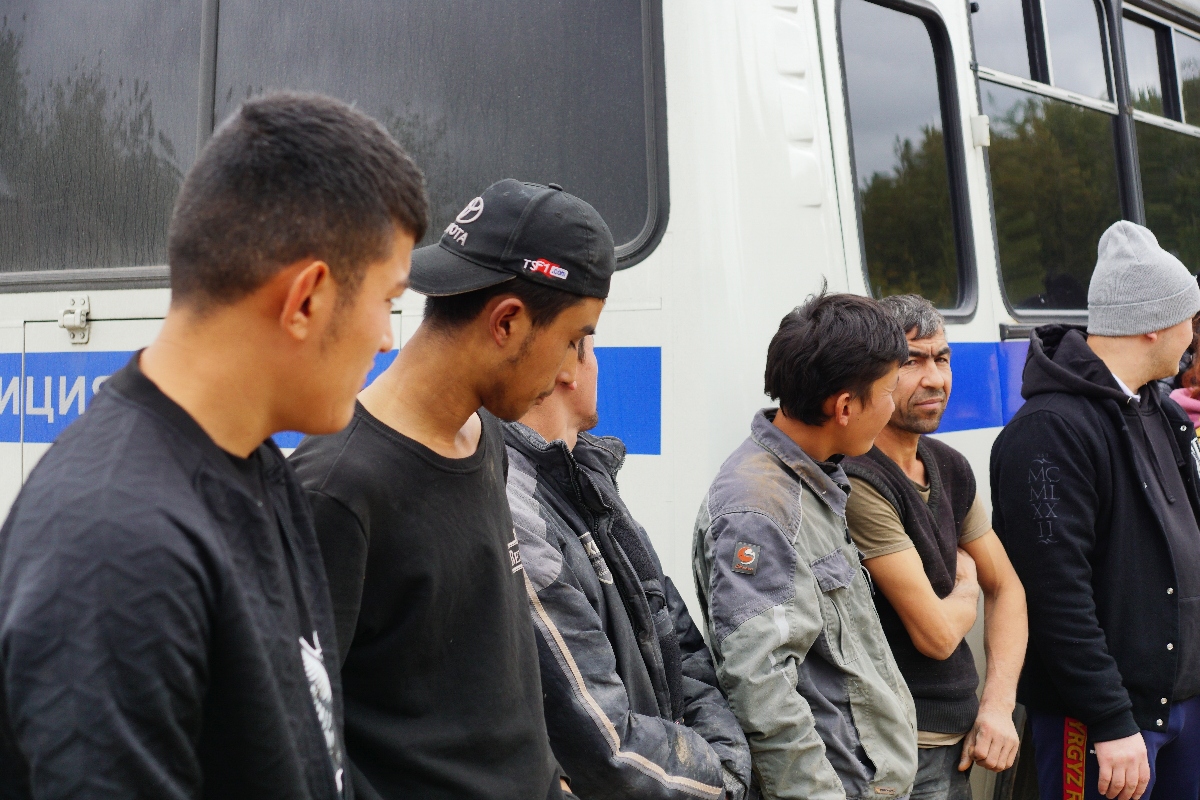
According to specialists and legal organizations such as the ACLU and NILC, the safest steps in an encounter with ICE are:
Do not run or argue
Do not show false documents
Do not sign anything without legal advice
Show a red rights card (if available).
Ask to speak to a lawyer
Anything you say can be used against you in an immigration court.
Therefore, the phrase “I am exercising my right to remain silent” is the safest shield against ICE raids.
How to prove legal stay in the U.S.

If a migrant has valid documentation, he/she can show:
Green Card or permanent residency
Employment Authorization Document (EAD)
I-94 or I-551 stamp in passport
Certificate of citizenship or naturalization
DACA or TPS documentation
Birth certificates for children born in the U.S.
Legal, custodial, or medical coverage history
Having these documents organized is key to responding safely and legally.
For more information, visit QueOnnda.com.



